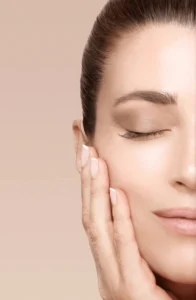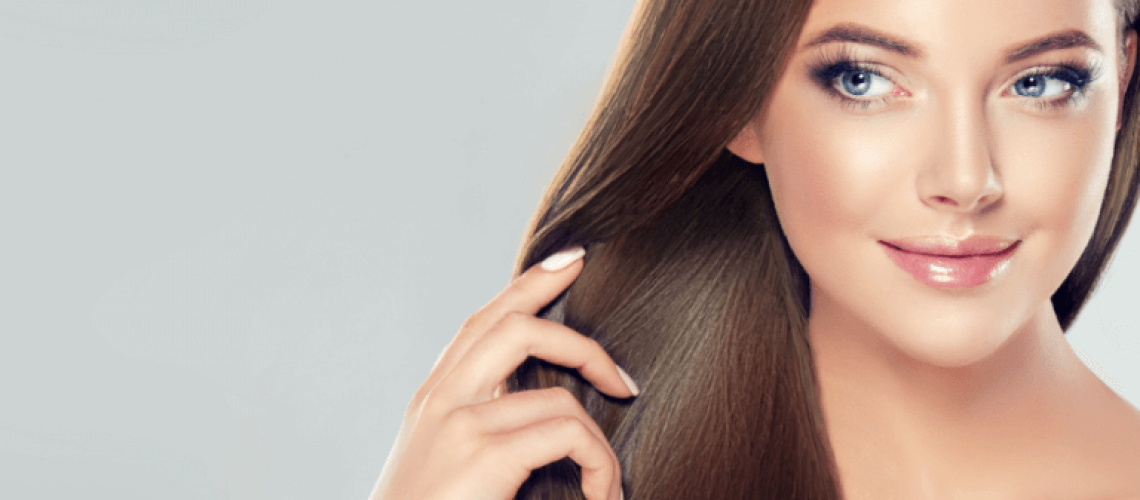Hair loss is a widespread condition that affects millions of people globally, irrespective of age, gender, or ethnicity. While losing 50 to 100 strands of hair daily is considered normal, significant hair loss can lead to noticeable thinning, bald spots, and a loss of self-confidence. Understanding the underlying causes and available treatments is crucial for managing and reversing hair loss effectively.
This article provides an in-depth exploration of hair loss causes, state-of-the-art treatments, natural remedies, and preventive measures to help you restore and maintain optimal hair health.
Understanding Hair Loss
Hair loss, medically referred to as alopecia, manifests in various forms. Identifying the type of hair loss is essential for determining the most effective treatment plan. Below are the primary types and causes:
1. Androgenetic Alopecia:
- Commonly known as male-pattern or female-pattern baldness.
- Characterized by progressive thinning or receding hairline.
- Caused by genetic predisposition and hormonal changes involving dihydrotestosterone (DHT).
2. Telogen Effluvium:
- A temporary form of hair loss.
- Triggered by physical or emotional stress, illness, or hormonal fluctuations such as pregnancy or menopause.
3. Alopecia Areata:
- An autoimmune disorder where the immune system attacks hair follicles.
- Leads to patchy hair loss, which can progress to complete scalp or body hair loss in severe cases.
4. Traction Alopecia:
- Results from prolonged tension on the hair caused by tight hairstyles like braids, ponytails, or extensions.
5. Nutritional Deficiencies:
- Insufficient intake of essential nutrients like iron, zinc, biotin, and protein can weaken hair and hinder growth.
6. Medical Conditions:
- Disorders like hypothyroidism, polycystic ovary syndrome (PCOS), and fungal infections can disrupt normal hair growth cycles.
7. Environmental Factors:
- Pollution, UV radiation, and exposure to harsh chemicals can damage hair and accelerate loss.
Advanced Hair Loss Treatments
For significant hair loss, medical and technological interventions offer effective solutions. Here are some advanced options:
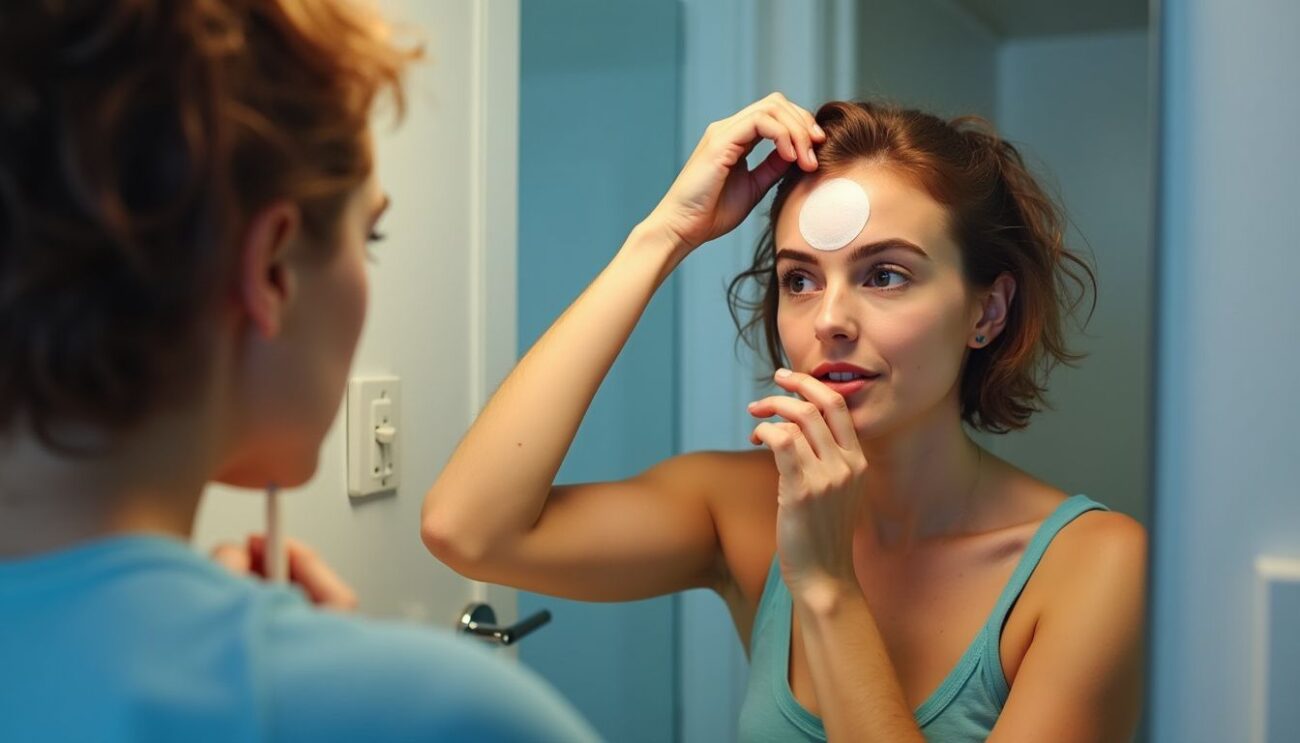
1. Medical Treatments
a) Minoxidil (Rogaine):
- FDA-approved topical treatment available as a solution or foam.
- Stimulates hair follicle activity and extends the anagen (growth) phase.
- Suitable for both men and women with androgenetic alopecia.
b) Finasteride (Propecia):
- Prescription oral medication primarily for men.
- Inhibits the conversion of testosterone into DHT, reducing follicle shrinkage.
c) Dutasteride:
- A more potent alternative to finasteride for DHT suppression.
- Often used for severe cases of androgenetic alopecia.
d) Corticosteroid Injections:
- Directly administered into affected areas for alopecia areata.
- Reduces inflammation and suppresses immune attacks on hair follicles.
e) Platelet-Rich Plasma (PRP) Therapy:
- Involves extracting a patient’s blood, concentrating the platelets, and injecting them into the scalp.
- Stimulates follicle repair and promotes regrowth.
f) Low-Level Laser Therapy (LLLT):
- Non-invasive treatment using laser devices to enhance blood flow to hair follicles.
- Improves hair density and strength over time.
g) Hair Transplant Surgery:
- Follicular Unit Transplantation (FUT) and Follicular Unit Extraction (FUE) are popular methods.
- Involves harvesting healthy follicles from a donor site and implanting them in areas with thinning or balding.
h) Oral Antiandrogens:
- Medications like spironolactone block androgen receptors, reducing the impact of DHT on hair.
- Often prescribed for women with hormonal hair loss.
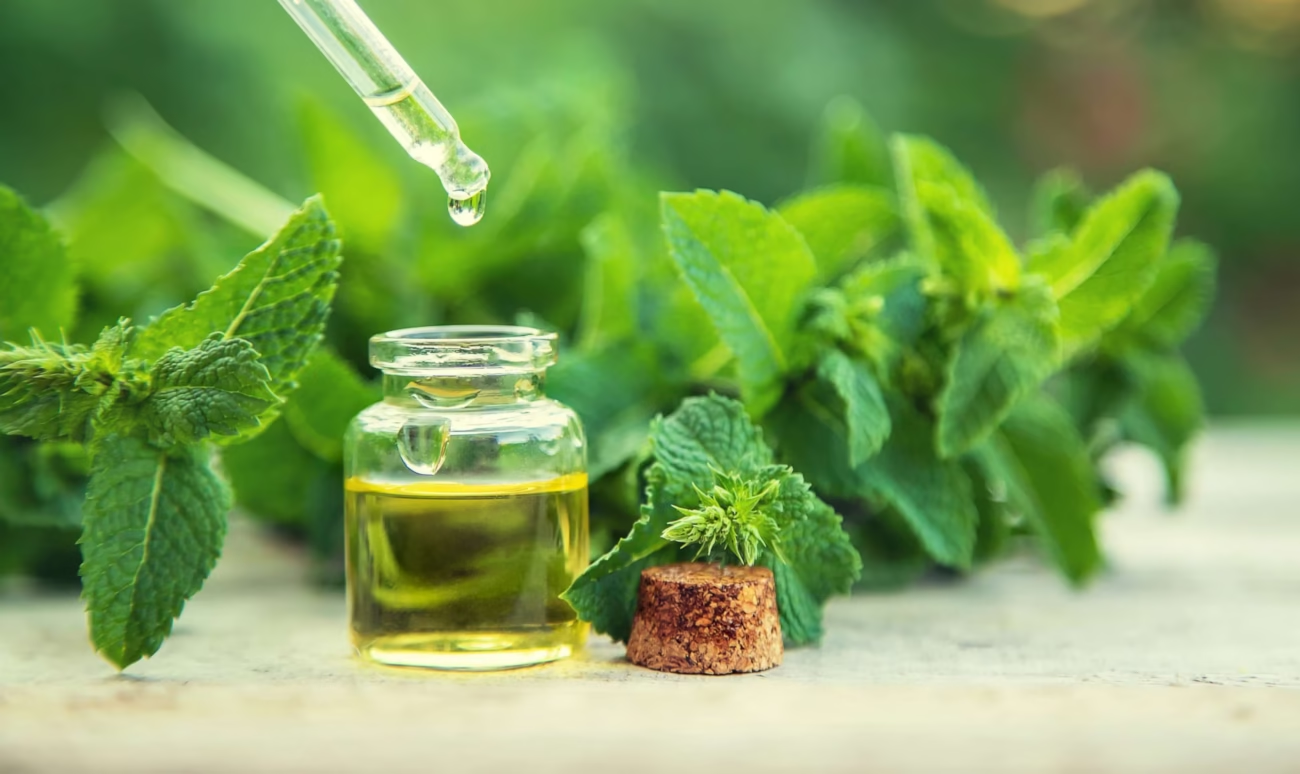
2. Natural Remedies for Hair Loss
Incorporating natural treatments into your routine can complement medical interventions and improve overall hair health:
a) Essential Oils:
- Rosemary, peppermint, and tea tree oils stimulate scalp circulation and combat dandruff.
- Dilute with carrier oils like coconut or jojoba oil and massage into the scalp.
b) Onion Juice:
- High sulfur content strengthens hair shafts and promotes regrowth.
- Apply fresh onion juice to the scalp twice weekly.
c) Aloe Vera:
- Provides soothing and anti-inflammatory benefits.
- Apply pure aloe vera gel directly to the scalp.
d) Green Tea Rinse:
- Packed with antioxidants that protect hair from oxidative stress.
- Use cooled green tea as a post-shampoo rinse.
e) Fenugreek Seeds:
- Rich in protein and nicotinic acid, which enhance hair strength.
- Soak seeds overnight, grind into a paste, and apply to the scalp.

3. Dietary Modifications
Nutrition plays a pivotal role in maintaining healthy hair. Incorporate the following into your diet:
a) Protein:
- Essential for keratin production.
- Found in eggs, lean meats, legumes, and dairy products.
b) Iron:
- Supports oxygen delivery to hair follicles.
- Sources include spinach, lentils, and red meat.
c) Biotin:
- A vital B vitamin for hair structure and resilience.
- Found in eggs, nuts, and sweet potatoes.
d) Omega-3 Fatty Acids:
- Reduces inflammation and nourishes the scalp.
- Found in fatty fish like salmon and flaxseeds.
e) Vitamins A, C, and E:
- Support sebum production, collagen synthesis, and hair elasticity.
- Found in carrots, citrus fruits, and almonds.
4. Lifestyle Adjustments
a) Manage Stress:
- Chronic stress disrupts hair growth cycles.
- Engage in yoga, meditation, or regular exercise to reduce stress.
b) Hair Care Routine:
- Use mild, sulfate-free shampoos and conditioners.
- Avoid excessive heat styling, chemical treatments, and over-washing.
c) Adequate Sleep:
- Promotes hormonal balance and cell regeneration essential for hair growth.
d) Avoid Smoking and Alcohol:
- Both can impair blood circulation to the scalp and deplete essential nutrients.
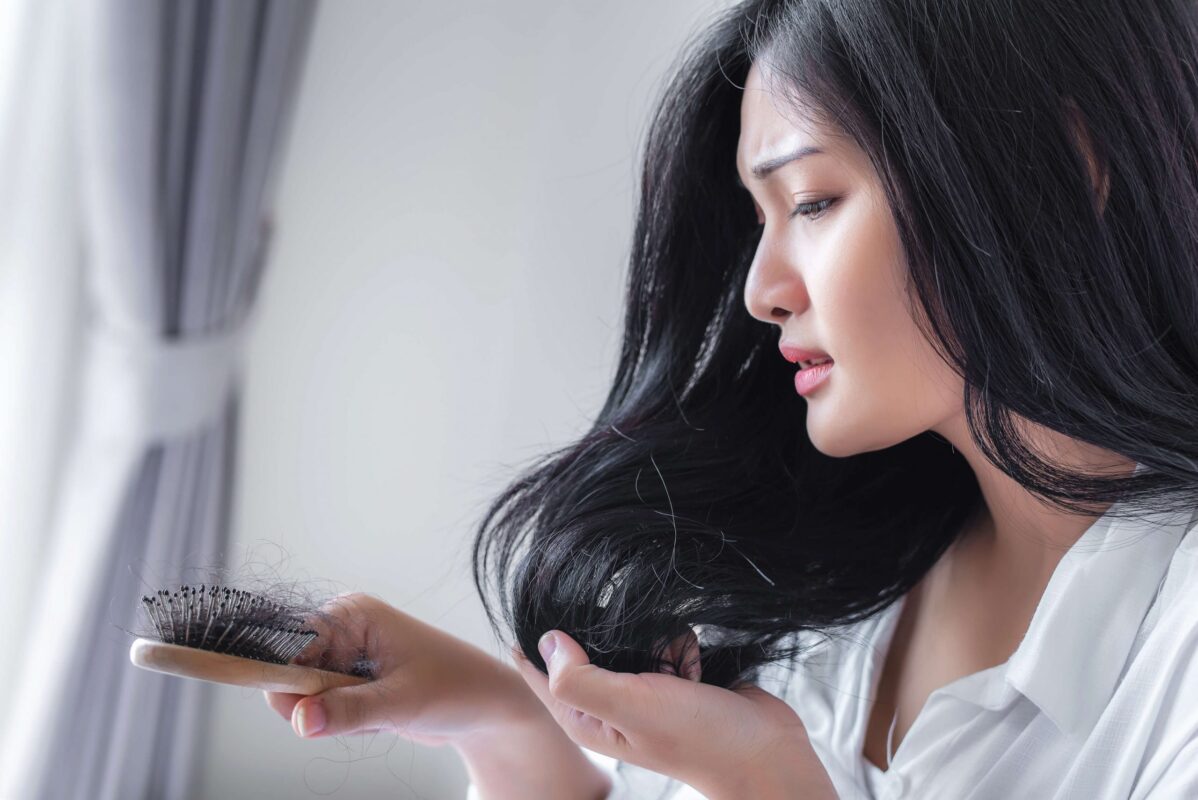
Preventive Measures
- Regular Scalp Massages:
- Enhances blood flow to follicles and strengthens roots.
- UV Protection:
- Wear hats or use UV-blocking sprays to shield hair from sun damage.
- Silk Pillowcases:
- Reduces friction and prevents hair breakage during sleep.
- Hydration:
- Drink at least 8 glasses of water daily to maintain scalp moisture.
- Gentle Hairstyles:
- Avoid tight ponytails or buns that strain hair roots.
When to Seek Professional Help
Consult a dermatologist or trichologist if:
- Hair loss is sudden, excessive, or accompanied by scalp symptoms like itching or redness.
- You observe bald spots or significant thinning.
- Over-the-counter treatments yield no improvement after six months.
Conclusion
Addressing hair loss requires a multifaceted approach that combines medical treatments, natural remedies, and lifestyle changes. Early intervention and consistent care can significantly improve outcomes. Remember, patience and commitment are essential, as visible results often take several months.
By understanding the root causes and exploring personalized solutions, you can restore not only your hair but also your confidence. Embrace a holistic approach to hair health and consult professionals for tailored advice when necessary. With the right strategy, achieving and maintaining healthy, luscious hair is within reach.
